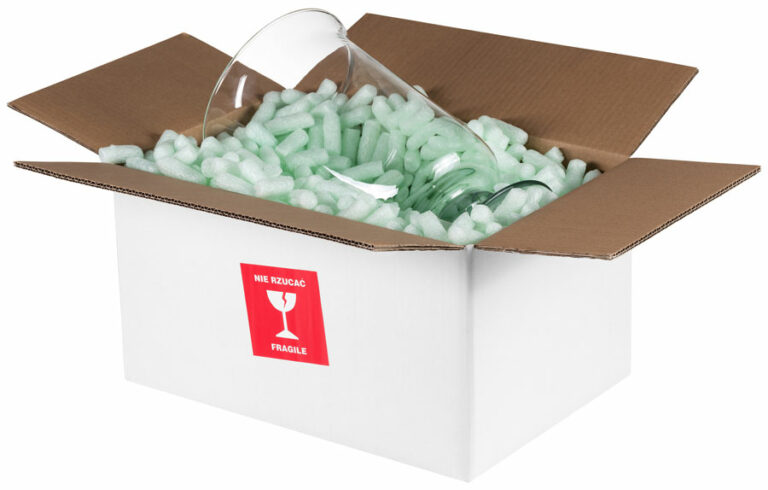
There is so much to consider from the weight and dimensions of your product, to the options for both inner and outer packaging, to custom or stock packaging!
You want something eye-catching that establishes brand recognition to your target market, and materials that protect your product but with options that don’t break the bank.
Determine your packaging costs and tips to save:
• The Cost of Materials and Finishes
• Custom vs Stock
• Comparing Printing Costs
• Volume of Orders
• The Cost of Manufacturing
The packaging costs vary depending on the type of packaging and finishes you choose. With so many different packing materials from paper and plastic options, stuffing varieties, and sealing products, it is simple to keep your packaging costs under control. Depending on the product, you can choose the one that is both affordable and appropriate.
Reduce delivery fees by integrating custom packaging rather than stock. The more space your package takes, the higher will be the delivery fees. It is not a good idea to send a package that takes up more space than it should. Custom packaging will eliminate extra space for void fill, reducing the time and costs associated with filling space.
Depending on the quantity of your order, you can also save money on printing. Although both digital and flexographic printing are excellent options, depending on your volume, one of the two may be the more cost-effective custom printing solution.
Some packaging solutions are naturally more expensive than others, but ordering in larger volumes can lower unit costs because large projects can produce a large volume of units at once, with the packaging machine only needing to be set up once.
Manufacturing costs refer to all of the direct and indirect costs businesses face from manufacturing a product or providing a service. These costs can include a variety of expenses, such as labor, raw materials, consumable manufacturing supplies, structural and artwork services, and general overhead.
3 main box materials to consider:
Corrugated Fibreboard
Made from three layers of brown kraft paper, corrugated cardboard boxes are the ones you’re likely most familiar with. This tends to be one of the most common packaging materials.
It’s often preferred for it’s protective structure with some cushioning qualities, it’s lightweight for lower shipping costs, easily customizable, and recyclable.
Folding Carton
Folding carton is one of the best packaging options for lightweight products. There are various folding carton types, making it a very versatile packaging material option that can work for many different kinds of products.
While folding carton is versatile, cost effective, environmentally friendly, and cost effective, some of it’s drawbacks include insufficient for heavy or fragile products.
Rigid Paperboard
Rigid paperboard is made from the highest quality thick paper grade. Rather than having a simple dieline that allows you to fold your box into shape, rigid packaging is a little more complex than that and requires a great deal of construction.
Although rigid packaging is costly, businesses opt for this packaging to communicate a high end luxury feel and to enhance the unboxing experience for their customers.
Furthermore, rigid packaging offers endless printing, finishing and design capabilities that will elevate your brand narrative and ultimately boost your sales.
Decipher how long it will be until you receive a return on investment after installing an automated packaging solution in your warehouse or distribution center. This includes reviewing labor and shipping material costs as well as the time it takes to manually package each order. Some businesses have found it has taken them as little as six months to receive a full return on investment post-installation of these innovative machines.
Void fill for any budget:
Supply chain considerations for packaging materials:
- Storage and Distribution
- Shipping Destinations
- Retail Display Requirements
Keeping your target market at the forefront of your packaging design is a key factor in choosing your ideal material. Ultimately, your customer satisfaction and retention is what really matters to ensure your product success. Your customer will decide within seconds if they are attracted to the design and satisfied with the condition and quality.
Prime considerations for your packaging materials will be how your product is stored, distributed and shipped. Fundamentally, you want your product to be protected on the way to your customer to ensure it arrives intact. It will be important to compare how each packaging material you consider will perform in these instances.
Choosing the right materials also heavily depends on your product. For example, if you have a product that is particularly fragile or heavy, opting for strong, durable packaging like corrugated fibreboard will be your priority.
The type of transportation for your shipping also plays an important role for your packaging material considerations. This will give you a better idea of what conditions your packaging will be exposed to.
When comparing materials that will ensure your products’ safety and durability, it may be worth choosing higher quality and possibly higher costs upfront. Avoiding complete product recalls could end up costing you much less than your initial custom packaging costs.
If your packaging is being designed with physical retail spaces in mind, it’s best to consult and stick to the retailer’s requirements and recommendations for your packaging.
Retailers will often set out requirements for packaging to ensure they have the space and capability to store and stock your products. This will most likely be a driving factor for not only your material choices, but your structural choices as well.
